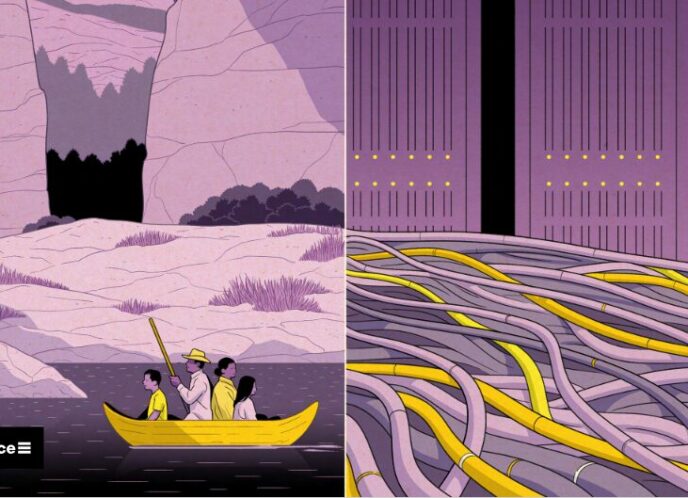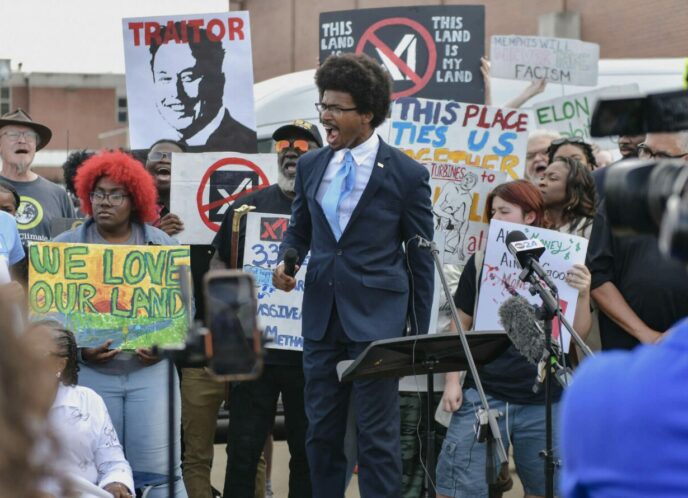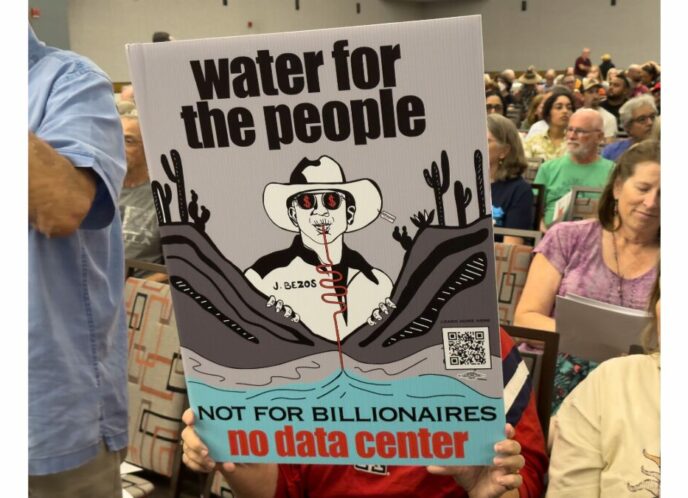
 Martinez Street Women's Center is one of our newer MAG-Net anchors, holding down our San Antonio, Texas Chapter. MSWC has been around for 13 years plus, and their Community Health and GirlZone programs are helping to meet the needs of underserved Latina/o and African American communities in San Antonio. Andrea Figueroa, Program Director over the GirlZone program at MSWC took a few minutes to talk to us about their work, MAG-Net and why San Antonio is a treasure of cultural media makers.
Martinez Street Women's Center is one of our newer MAG-Net anchors, holding down our San Antonio, Texas Chapter. MSWC has been around for 13 years plus, and their Community Health and GirlZone programs are helping to meet the needs of underserved Latina/o and African American communities in San Antonio. Andrea Figueroa, Program Director over the GirlZone program at MSWC took a few minutes to talk to us about their work, MAG-Net and why San Antonio is a treasure of cultural media makers.
Can you tell us about the mission and vision of Martinez Street Women's Center (MSWC), and who you serve (in your own words)?
The mission of the Martinez Street Women’s Center is to support women and girls in pursuit of their physical, emotional and social well-being. We believe that by supporting women and girls, we strengthen families and transform our community.
We engage women and girls in a historically marginalized community where 98% are low-income, Latina/o and African-American.
What does media justice mean for MSWC? Why did you all decide to anchor the San Antonio Chapter?
To the Martinez Street Women’s Center, media justice is the carving out of space where individuals and communities express and exchange their unique stories to learn and grow from each other’s experience. We envision a thriving community where members are actively and critically engaged in all aspects of their well-being.
MSWC is proud to be a co-anchor of the San Antonio chapter because we see first-hand how media shapes the identity and self-esteem of girls and women in our communities and across the globe.
What was your own introduction to media justice work? Why did you get involved personally?
My introduction to formal media justice work took place at the Federal Communications Commission localism hearings in San Antonio. In my current work with the Center, I make a direct connection between girls’ empowerment and the media messaging that surrounds us. Through the Martinez Street Women’s Center and MAG-Net I’ve had the opportunity to connect our local struggle to that of others around the country.
As a child, I noticed there were no brown people on TV and I never heard (on the radio) nor read stories that represented my experience. I was conscious, even at a young age, that things should be different.
Please share with the MAG-Net community your top tip(s) or resources for the media justice movement. This can include your own links or resources from others.
San Antonio is a treasure of cultural media makers that we believe should be highlighted at the national level.
- Esperanza Peace and Justice Center’s “En Aquellos Tiempos” creates an innovative and highly visible forum for expressing and maintaining the cultural history of San Antonio’s Westside.
- The first Latina city council woman, Maria A, Berriozabal recently wrote an intriguing memoir “Maria-Daughter of Immigrants” that chronicles the political history of San Antonio from the perspective of the historically marginalized.
Each year, Martinez Street Women’s Center encourages girls to make their own media. Girl Zone participants have spoken through various forms of media, including the creation of a newspaper, a photo exhibit of their community, the composition of their own music and short films, and addressing critical issues through community through mural projects.
San Anto Cultural Arts creates public art works that become symbols of the Westside, defining its character through the eyes of its residents. Community members identify with our public art projects because we tell their stories. This identification leads to a real sense of ownership and pride of the murals by the community.
What is your hope for the future of the MAG-Net chapter in San Antonio?
My hope for the MAG-net chapter in San Antonio is to grow strategically and to become a recognizable source for media empowerment in this region.
Special thanks to Andrea and to MSWC! Please learn more and support their work by visiting their website as well as following them on Twitter and Facebook.



